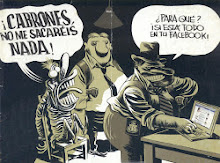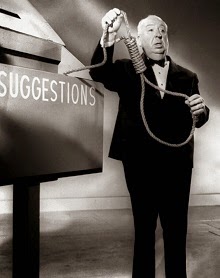Mark Lawson
It follows in the footsteps of Stieg Larsson and Henning Mankell, but Sund’s dark detective investigation struggles to find its own voice
For English-language readers, the best-known achievements of modern Swedish crime fiction are Stieg Larsson’s Millennium series; the Inspector Wallander books of Henning Mankell and the Detective Martin Beck stories written by a duo of journalists, Maj Sjöwall and Per Wahlöö.
The Crow Girl feels like an attempt to combine elements of those three Swedish brand-leaders. In common with the Larsson’s books, with which it also shares the surely soon-must-end formula of putting “girl” in the title, the work was first published as a trilogy, although it has been compressed into one volume for UK release. It is credited to Erik Axl Sund, but this turns out to be a pseudonym for a Beck-like collaboration between two authors, Jerker Eriksson and Håkan Alexander Sundquist. And their novel, like Mankell’s police stories, is a detective investigation taking place in a Sweden shadowed by the assassination of prime minister Olof Palme and tensions in the Scandinavian dream of liberal democracy.
These similarities to previous hits were presumably what encouraged the buying spree that has seen rights to The Crow Girl signed up by publishers in 38 countries so far. Certainly, it is difficult to see how the interest could have been fuelled by originality, especially in subject matter. Readers rapidly encounter familiar motives and enemies, including historical secrets, eastern European gangsters and the molestation and murder of children.
The triggering event of the narrative is the discovery of the body, under a bush in Stockholm, of an unidentified young boy, showing signs of having suffered sexual torture after the administration of an unusual sedative and then, after death, a bizarre process of mummification. This murder is investigated by Detective Superintendent Jeanette Kihlberg, who stands out from the increasingly vast squad of novelistic coppers due to a love of playing and watching football and a stature so short that she had herself medically stretched in order to make the force’s height limit. Her viewpoint alternates with that of Sofia Zetterlund, a psychotherapist whose patients include a child pornographer, a woman who suffers from multiple personality disorder and a former child soldier in Sierra Leone.
Between scenes of Jeanette and Sofia at work, there are present-day sections taking place in a house where a psychopath has created a prison for a child. There are also flashbacks to the distressing childhood of someone who identifies herself as “crow girl” and whose thoughts are printed in italics, a typeface that, in thriller fiction, often identifies someone who is to be feared. Readers are likely also to assume that we will be lucky to get through 700 pages with only one body, and that the italic-thinker will turn out to be be among Sofia’s patients or Jeanette’s suspects, or both. When one woman suddenly has to telephone the other, there is a satisfying feeling of plot-lines converging and accelerating.
Even so, it’s not quite enough to justify the novel’s near-Tolstoyan length.The Crow Girl is one of two colossal and hyped foreign crime novels that have reached English this spring, the other being Hideo Yokoyama’s Six Four. However, while the Japanese police procedural starts with a slow complexity but develops a riveting momentum in a story that illuminates an alien culture, the Swedish one always feels a daunting read and never climbs completely clear of its generic ancestors.
At one point, Det Supt Kihlberg is given the rather brave thought that people prefer to read “badly written thrillers” than face the horrors of real life. The Crow Girl, in Neil Smith’s translation, never feels badly written, but its determination to be realistically horrific - including gruesome descriptions of sexual mutilation, medical intervention and posthumous decomposition - may deter some readers. While English publishers were probably right that it would have been hard to persuade book buyers to come back three times for the trilogy, the titles together could prove too hard-going. The would-be successors to Sjöwall and Wahlöö, Larsson and Mankell too often end up reminding us of how high the existing national standards are.

























.jpeg)








0 comentaris:
Publica un comentari a l'entrada